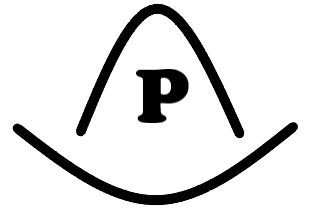An IRA is an account set up at a financial institution (think Fidelity or Chase) that allows an individual to save for retirement with tax-free growth or on a tax-deferred basis. The maximum Roth IRA contribution limit for 2025 is the same as for 2024, which is $7,000 for those under 50, and an additional $1,000 in catch up contribution for those 50 and older.
The 3 types of IRAs each have different advantages:
- Traditional IRA – You make contributions generally deductible on your tax return, and any earnings grow tax-deferred until you withdraw them in retirement. Best if you expect to be in a lower tax bracket when you retire.
- Roth IRA – You make contributions with money you’ve already paid taxes on (after-tax), and your money may potentially grow tax-free, with tax-free withdrawals in retirement, provided that certain conditions are met.
- Rollover IRA – You contribute money “rolled over” from a qualified retirement plan into this traditional IRA. Rollovers involve moving eligible assets from an employer-sponsored plan, such as a 401(k) into an IRA.
Why invest in an IRA?
As mentioned in my 401(k) section, IRAs are a great option if you don’t have access to a 401(k) or if your employer does not offer a match and you expect to contribute less than $7,000 per year for 2025.
Additionally, if you max your 401(k) and want to accumulate more savings, you can contribute to both a 401(k) and an IRA. However, if you max your 401(k) already, you are likely in a higher tax bracket that may preclude you from either getting the tax deduction of a traditional IRA or ability to contribute to a Roth. In these cases, do your homework. There are still ways to get around this with strategies such as a “backdoor IRA.” More to come on this topic…
